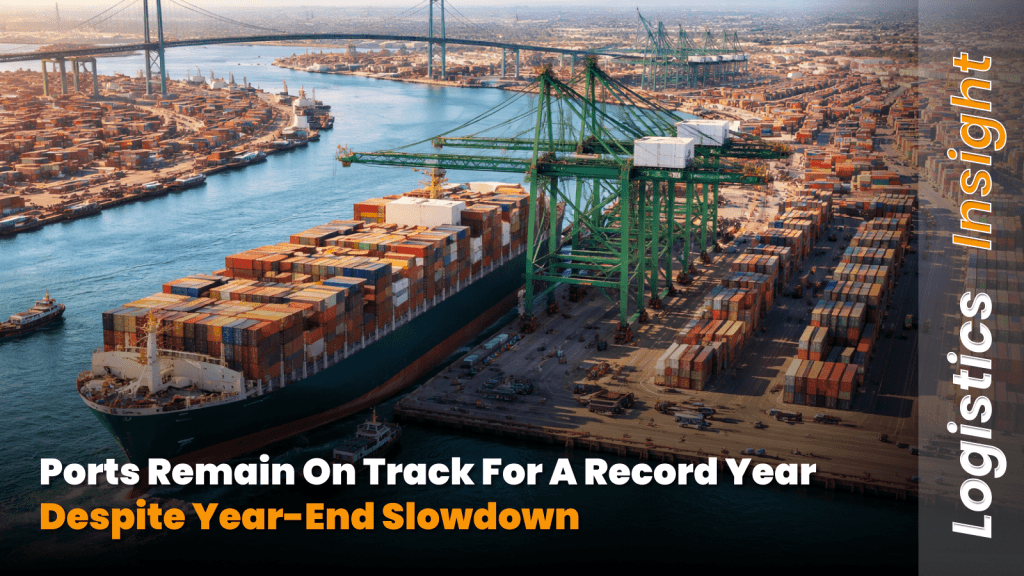
How Intermodal Containers Streamline Global and Domestic Shipping
In the world of logistics, speed, safety, and cost-efficiency are everything. Intermodal containers standardized freight units used across trucks, ships, and ports are key to achieving these goals. Whether you’re shipping goods within your country or managing global freight operations, intermodal containers have become a crucial asset in modern supply chains.
In this guide, we’ll explore how intermodal containers simplify shipping, improve logistics coordination, and support both domestic and international freight strategies.
What Is an Intermodal Container?
An intermodal container is a large, reusable cargo unit designed to transport goods across multiple modes of transport typically by truck, ship, or rail without the need to unload or reload the freight inside. These containers are typically made of steel and are available in standardized sizes (e.g., 20’, 40’, or 53’), which allows for easy integration across transportation systems.
Benefits of Using Intermodal Containers
1. Streamlined Handling
One of the biggest advantages is that cargo doesn’t need to be unpacked between transfers. Once goods are loaded into an intermodal container, they stay there until reaching the final destination. This reduces handling, minimizes the risk of damage, and saves time at each checkpoint.
2. Cost-Effective Transportation
By allowing a seamless transition between shipping modes, businesses can reduce transportation costs. For example, combining trucking with ocean or port drayage creates opportunities to optimize routes and avoid long-haul trucking fees when unnecessary.
3. Enhanced Cargo Security
Since intermodal containers are sealed after loading and rarely opened until delivery, they provide an extra layer of protection. Fewer touchpoints mean fewer chances for loss, theft, or tampering an important factor for sensitive or high-value goods.
4. Global Compatibility
Standardized dimensions allow intermodal containers to be used internationally without compatibility issues. Whether freight is being moved from a U.S. warehouse to an Asian port or between cities domestically, containers ensure that logistics remain simple and uniform.
5. Faster Transit Times
Because there’s no need to repack goods between transfers, shippers save time during transitions between modes. For time-sensitive shipments, this efficiency can significantly improve delivery timelines.
Domestic Freight and Intermodal Containers
Domestically, intermodal containers are often used in combination with trucking and short-haul drayage. Freight is loaded once and transported across the country using optimized trucking routes, regional transload centers, and last-mile delivery strategies.
This model is especially popular for retail goods, food and beverage products, and manufacturing components. The ability to move freight through congested urban areas and remote locations makes intermodal containers a practical solution for many industries.
Global Shipping with Intermodal Containers
On the international stage, intermodal containers enable consistent and cost-effective movement of goods across oceans and continents. Shipping lines, port terminals, and customs authorities are all geared toward containerized cargo, which helps minimize port delays and regulatory issues.
Additionally, containerized cargo supports global trade compliance by allowing cargo documents to be processed while the shipment is in transit. This helps accelerate the movement of goods across borders.
Sustainability Advantages
Another major perk of using intermodal containers is their contribution to sustainability goals. Efficient route planning, reduced fuel usage through combined modal transport, and reusable container materials all contribute to a greener logistics footprint.
Some companies are even adopting eco-friendly container models with better insulation, solar-powered sensors, or recyclable materials.
Industries That Benefit the Most
Several industries regularly use intermodal containers as part of their core logistics strategies:
- Retail and E-commerce: Fast, flexible movement of consumer goods across fulfillment centers.
- Manufacturing: Consistent delivery of raw materials and finished goods between plants.
- Food and Beverage: Intermodal containers can be customized with refrigeration units for perishables.
- Pharmaceuticals: Secure, temperature-controlled transport ensures compliance and product safety.
Technology and Tracking Capabilities
Modern logistics providers integrate technology into intermodal containers to improve visibility and control. GPS tracking, temperature monitoring, and smart sensors provide real-time data for shippers and customers alike.
These insights not only improve transparency but also help identify delays, adjust routes, and optimize delivery schedules.
Final Thoughts
Intermodal containers are a cornerstone of today’s global and domestic freight infrastructure. Their ability to move goods efficiently, securely, and affordably across multiple modes of transportation has revolutionized supply chain management.
As businesses continue to expand their reach and customer demands increase, the role of intermodal shipping will only grow more significant. Leveraging intermodal containers isn’t just about convenience it’s about building a smarter, more adaptable logistics system for the future.



